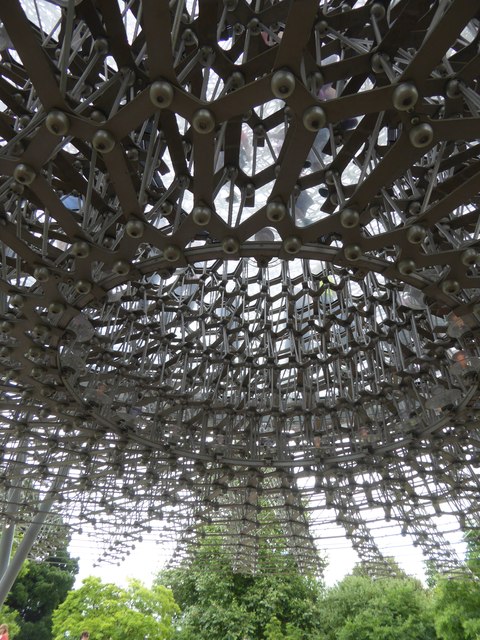
STEM
Art and Environment
Edward Hessler
I think it is fair to say that Kew Gardens is the most well known botanical site in the world. It was founded in 1840 and houses "the largest and most diverse botanical and mycological collections in the world."
A large sculpture of a beehive designed by UK artist Wolfgang Buttress was installed in 2017.
The sculpture has garnered many awards and this link shows some images as well as a film of the sculpture.
An article in the Guardian about the installation at Kew notes "With bees pollinating 70 of the most important crops that we eat, including most fruits, vegetables, nuts and seeds, as they collect the nectar and pollen from the crops’ flowers, Buttress says he wanted to highlight the significance of pollinators to our existence. 'Bees are highly sensitive creatures and can be seen as sentinels for the health of the planet,'” he says.
"Kew’s director, Richard Deverell, said the Hive is a 'great way to tell the story about the relationship between plants and insects'. For that reason, he says the botanical gardens are the perfect new home for a structure that allows us: “to explore the urgent issues we face in relation to pollinators, their intimate relationships with plants and their vital role in helping us feed a rapidly growing population”.
Sitting in a real bee hive nearby are vibration sensors that respond to vibrations from the activity of the bees. These vibrations "are sent in real time to The Hive." These "drive 1000 LED lights which visually represent the activity of the colony." In addition, "A soundscape composed of bee sounds and an ensemble of musicians plays alongside the ever changing lights. Signals from the real beehive trigger noise gates at particular thresholds, activating sounds from a pre-recorded library."

No comments:
Post a Comment